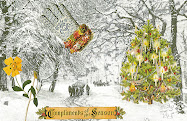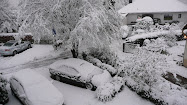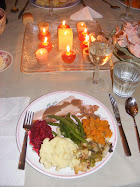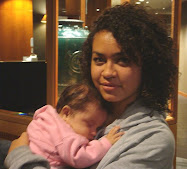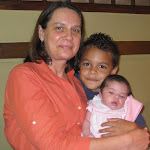
I was at an open house last New Year's Day at LuAnne's and Bill's, sun streaming across the floorboards, finches flitting around bird feeders in every last window, and Liza the dog wagging her tail, with her happy gregarious tongue hanging low. The mood was perfect for the small crowd of normally crazy-busy people: we were pushing the pause button and just hanging out.
Jan Grant brought her famous Carrot Puff, to a round of many delighted exclamations. Just the other day I ran into her again, and she promised to send me the recipe. It arrived, so I set to work cutting carrots.
Only problem was, I had run out of butter. And had only one pound of carrots. Never to be deterred...I made a Sweet Potato and Carrot Puff, with coconut oil instead of butter. It's delicious and nutritious. It made people turn away from a plate of fudge. This could be the star dessert at a Thanksgiving table. It's a beautiful color, too. Oh, and it's easy to throw together.
So – now you know what to bring to your next celebration! (I don't have a photo of the puff, but in honor of
Audobon Bill, here is a beautiful zebra finch, with sweet potato carrot colored beak, flown in from the Interweb.)
Here's the recipe from Jan, with her voice in parentheses and mine in brackets.
Carrot Puffwith a Sweet Potato and coconut oil variation
2 lbs. baby carrots [or normal ones, it makes no difference.You can use 1 lb. each of carrots and sweet potatoes]2 sticks of butter, melted [or use Earth Balance, or coconut butter/oil]6 eggs1 ½ cups sugar [I used natural raw sugar; I think that if you use sweet potatoes in the recipe, you could reduce the amount]6 tablespoons all-purpose flour2 tsp. baking powder2 tsp. vanilla
Preheat oven to 350 degrees. Spray a baking dish with cooking oil spray [or spread oil with a paper towel.]
Place carrots in medium-size saucepan and cover with salted water. (I use a small steamer). Bring to a boil; reduce heat and simmer, uncovered, for 20 minutes or until carrots are tender. (Again, I just steam mine in the steamer until they are tender). Drain.
Place butter (or margarine)[or coconut oil], eggs, sugar, flour, baking powder, and vanilla in blender. Add carrots a little at a time and puree the mixture. Pour into prepared baking dish. Bake at 350 degrees for approximately an hour or until the center is somewhat firm. Let stand for five minutes before serving.
Note: This may be made a day ahead and refrigerated without baking. Then bring to room temperature before baking. I’ve often served it at room temperature and it seems to go over just as well as when it’s warm.
Also, know that while it comes out of the oven somewhat puffed up on top, as it cools it will fall. Don’t worry – it tastes great!
Okay, I just ate some: this is divine. How about a Puff on an Easter Sunday?










































































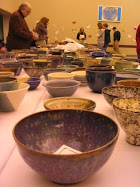




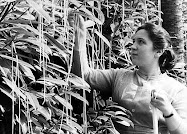


































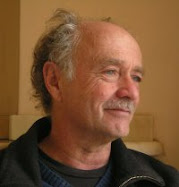











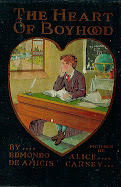
















































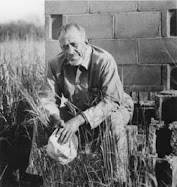









.jpg)














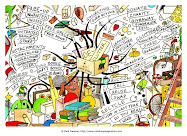






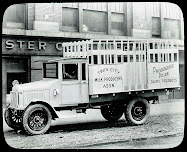





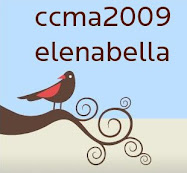




























































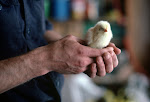
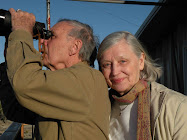
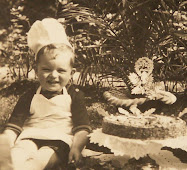














































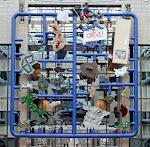.jpg)
















